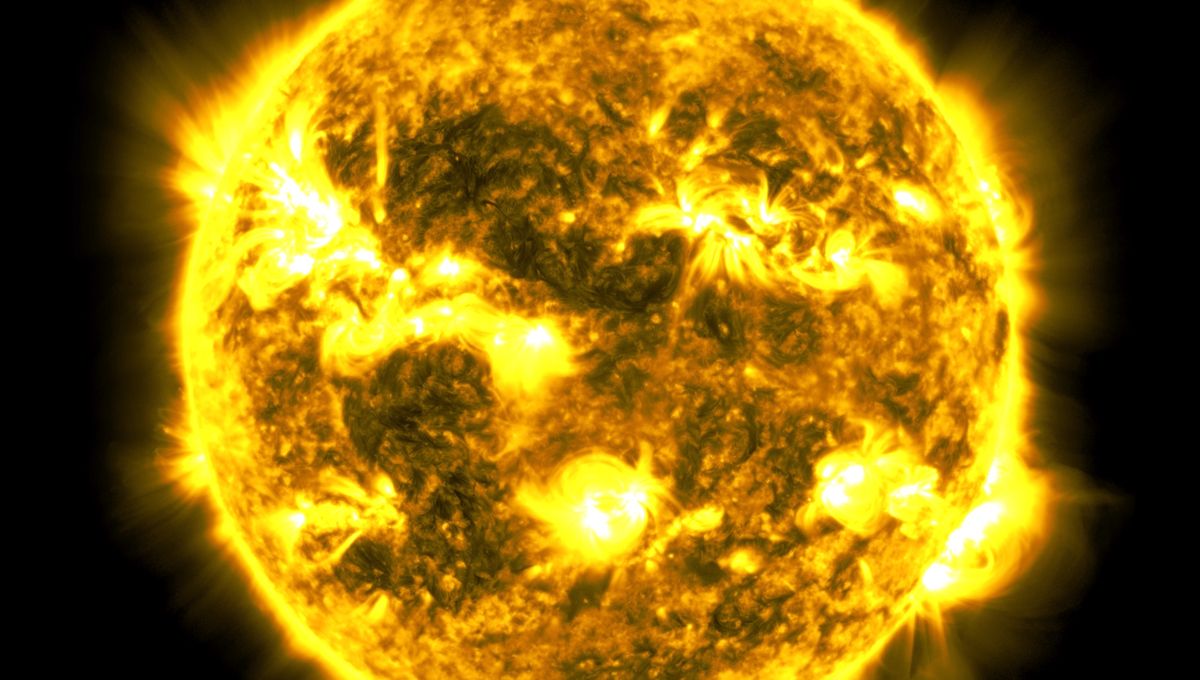
With celebrations from their historic moon landing last week still buzzing, India is now prepping to launch its first-ever mission to study the Sun this weekend.
The Indian Space Research Organisation (ISRO) announced that it’s scheduled to launch its solar probe on Saturday, September 2 from the Satish Dhawan Space Centre, found on the island of Sriharikota off the Bay of Bengal coastline.
It will take around four months for the mission to reach its destination: an ample 1.5 million kilometers (932,056 miles) away from Earth at the Lagrange point 1 (L1) of the Sun-Earth system. This is an ideal position to make solar observations as it will have a continuous view of the Sun’s blazing glory without being blocked by any eclipses.
Known as Aditya-L1, the solar observatory will be tasked with gathering data on different layers of the Sun’s upper atmosphere like the chromosphere and corona. This will also involve the study of coronal mass ejections and flares, as well as other drivers for space weather that can have an impact back here on Earth.
Solar activity is responsible for beautiful aurora activity in the night sky, but it also holds the potential to disrupt Earth’s much-needed telecommunication satellites, so the need to study this phenomenon is pressing. Beyond Earthly concerns, the mission also hopes to gain further understanding of other stars elsewhere in the universe.
“The Sun is the nearest star and therefore can be studied in much more detail as compared to other stars. By studying the Sun we can learn much more about stars in our Milky Way as well as about stars in various other galaxies,” reads an accompanying ISRO booklet [PDF].
The Aditya-L1 mission will carry a suit of seven scientific payloads geared toward studying the Sun. Three of the probe’s payloads will carry out in-situ studies of solar particles and fields in its immediate orbit, while four payloads will be used to directly observe the Sun.
ISRO is on a bit of a roll at the moment, to put it modestly. On August 23, its Chandrayaan-3 uncrewed mission reached the surface of the Moon, making India the fourth nation to successfully soft land on the Moon, after the Soviet Union, the US, and China. The feat also saw them become the first country to land at the lunar South Pole. Let’s not forget that India became the first Asian nation to put a craft into orbit around Mars back in 2014.
With each of these successes, India has proved it has what it takes to be a serious space-faring nation, but this latest Aditya-L1 mission could well be the cherry on top.
Source Link: India Set To Launch Mission To Sun, Days After Historic Moon Landing